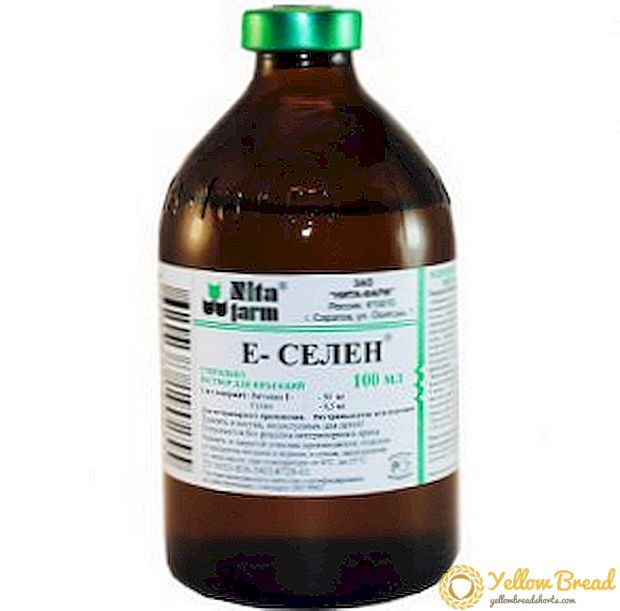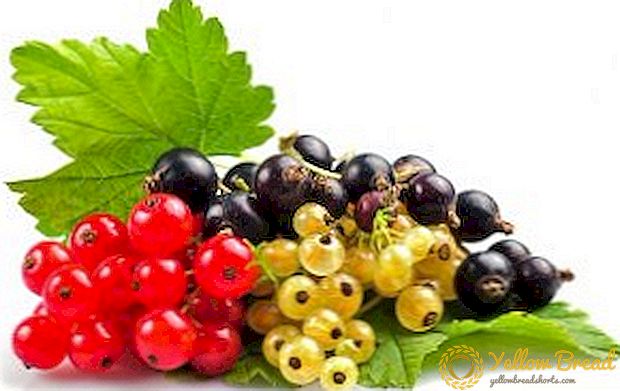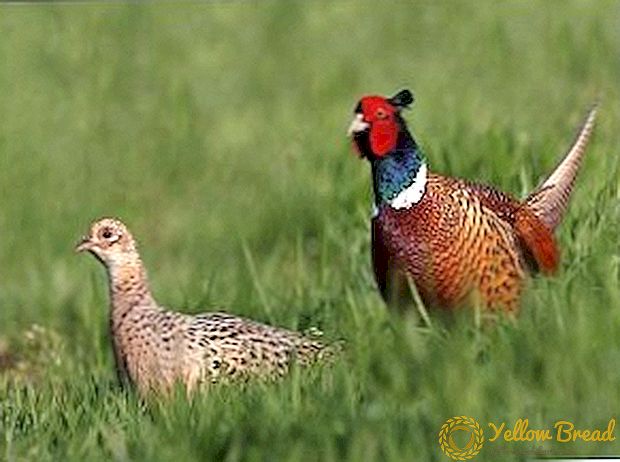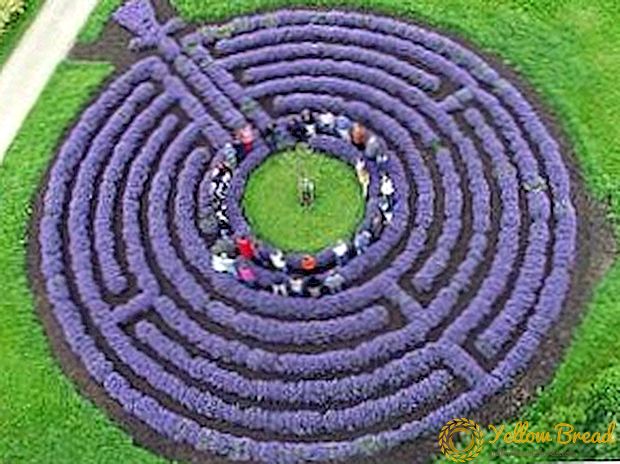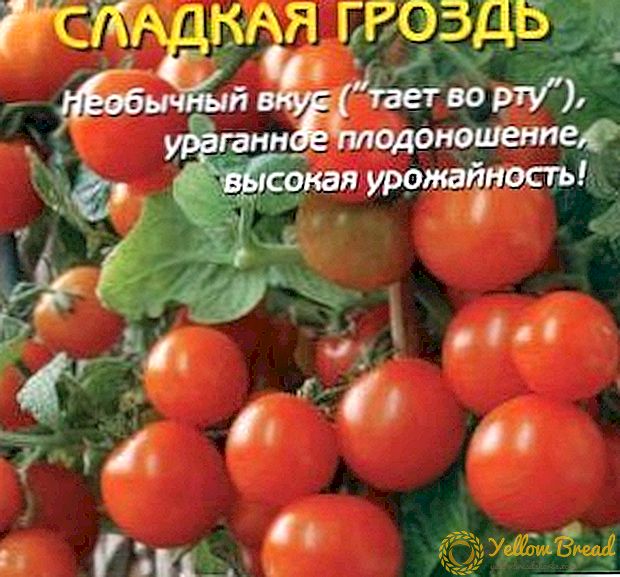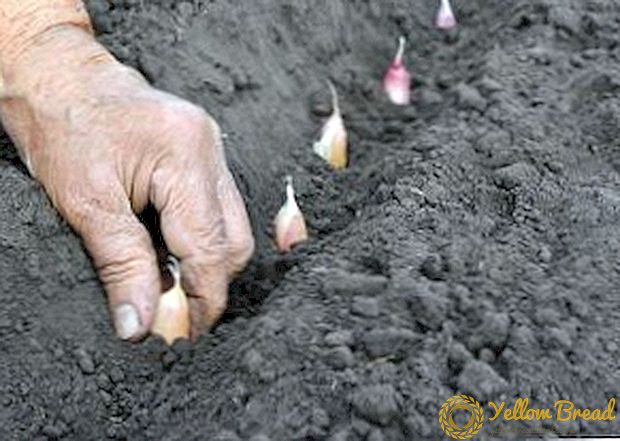 To start harvesting in early spring, you need to worry about planting in the fall. Naturally, not all vegetable crops should be planted, adhering to this principle, but we can definitely see what we can plant in the garden before winter.
To start harvesting in early spring, you need to worry about planting in the fall. Naturally, not all vegetable crops should be planted, adhering to this principle, but we can definitely see what we can plant in the garden before winter.
- Greenery
- Radish
- Bow
- Carrot
- Beet
- Garlic
Greenery
In stores, we can buy greens year-round. But completely different taste and smell has edible grass grown on its site. And if you prepare in advance and the first shoots will appear in early spring, then it is generally beautiful. 
- Parsley - seeds sprout at a temperature of from 2 ° C to -3 ° C, and the shoots can withstand up to -10 ° C. Autumn planting ensures a faster result, since the seeds of such greens do not germinate very actively, being in the soil, they will germinate much faster than in spring sowing.
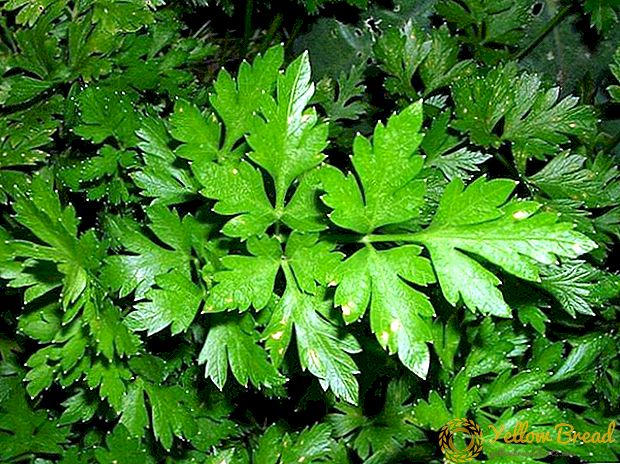
- Dill can also be sown in late fall. Seeds overwinter and begin to germinate when the temperature of thermometers rises to 4-6 ° C above zero. Spring frosts will not harm him.
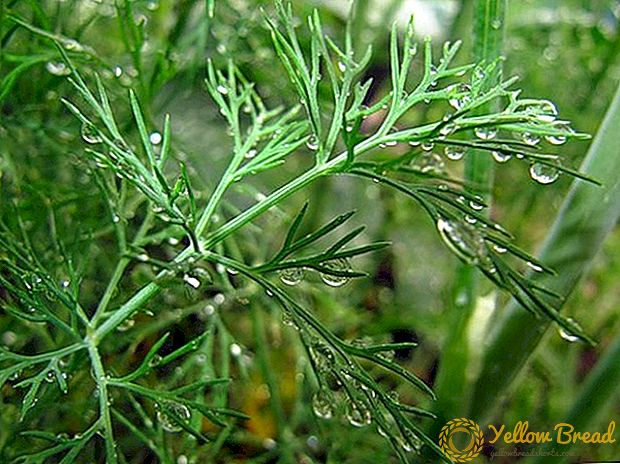 Good neighbors for dill in the garden: cabbage, potatoes, carrots and cucumbers.
Good neighbors for dill in the garden: cabbage, potatoes, carrots and cucumbers. - Spinach is a cold-resistant plant. Even if by the time of cold weather shoots appear - it does not matter, the greens calmly stand up to -10 ° С. If the temperature drops below, and there are already sprouts in the garden, it is necessary to cover them before warming.
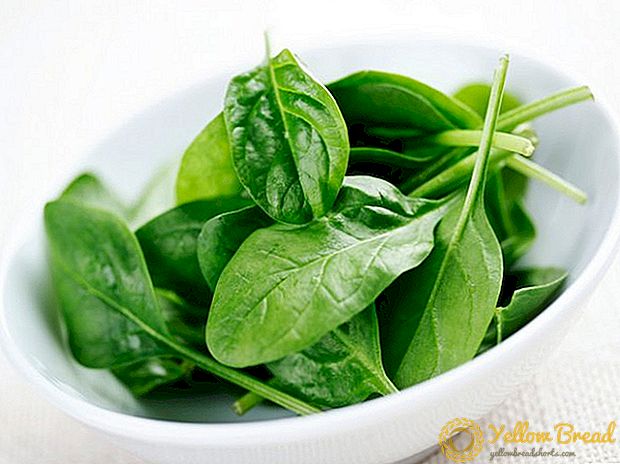
- Sorrel is so cold-resistant that the seeds can be planted in the winter and enjoy the young shoots in late March - early April.
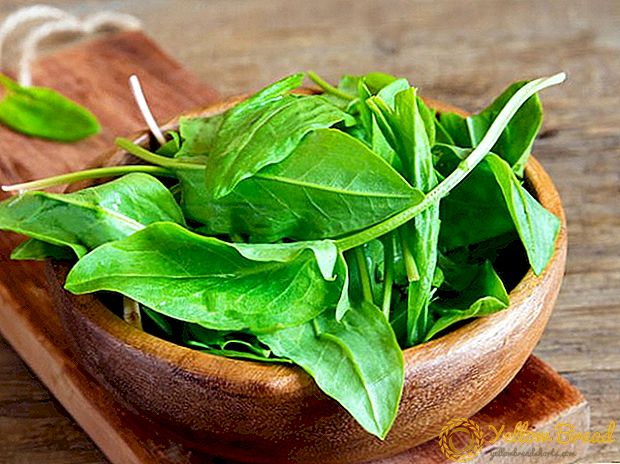
- Cilantro or coriander winters well in the soil and rises with the first thaws. Then you can add it throughout the whole season.
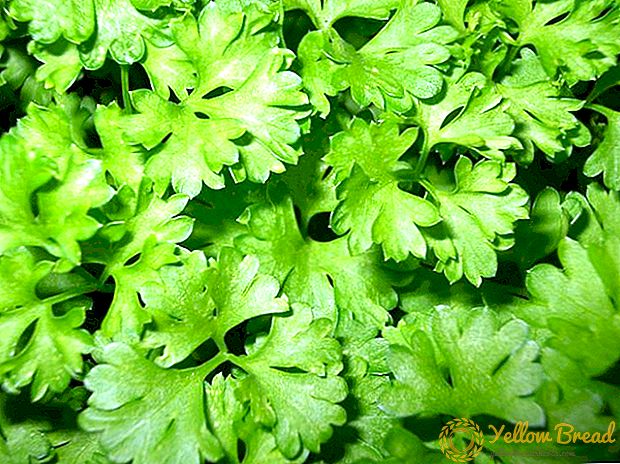
- Rhubarb is a plant that can be planted even in winter. Seeds are sown in frozen ground. And when rhubarb is propagated by dividing the rhizomes, autumn planting is better suited.
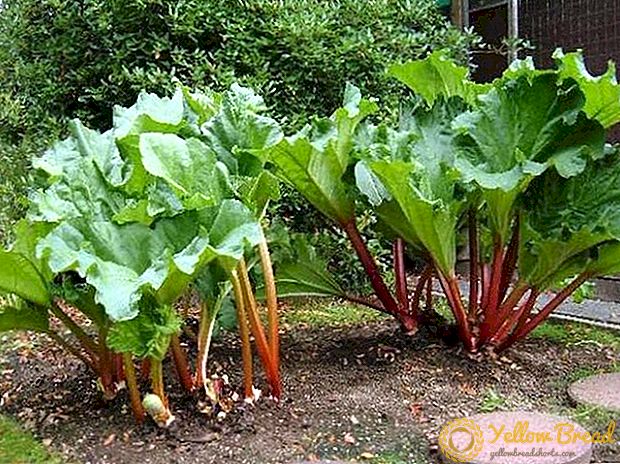
- Lettuce - planted in the fall and in early spring you can cut the young, juicy leaves.
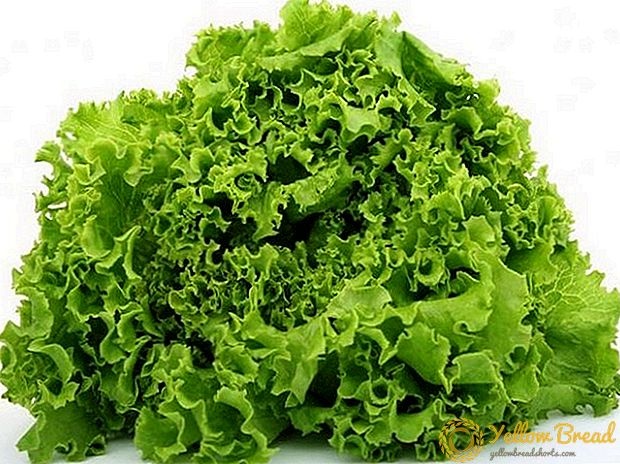
Radish
Sub-winter sowing of radish has its pros and cons. The disadvantages include the fact that the plant may die in winter.But the benefits are much greater. With this planting, the seeds will be hardened and only the strongest of them will sprout, in the end we will get only high-quality vegetables. In order for radishes not to die from frost, it is enough to choose the right time for planting. It should be sown in late autumn in the frozen subsoil; it is very important that a thaw should not follow the cooling, as it is detrimental to the plant. 
When the temperature rises, the seeds will begin to germinate and will not survive the winter. Unfortunately, it is impossible to determine the exact time of sowing and guarantee a good harvest. There remains to rely on their own experience and weather forecast.
Bow

Can and should be planted onions before winter. Best of all, small onions with a diameter of not more than 1 cm are suitable for autumn planting. It is important that the tubers take root before the cold, but they do not sprout. It is recommended to mulch the soil after planting and cover with branches. Such a cover will contribute to the retention of moisture in the soil. In the spring, all this is removed and the bed warms up in the sun, the onion arrows will not keep you waiting long.
Carrot

What else is planted in the fall in the country, if not carrots.This type of fit is perfect for her. The best time for landing is the end of November. In this case, the planting is done in frozen ground and they have no chance to germinate ahead of time.
Beet

Favorable temperature for sowing beets from -3 ° C to -5 ° C. After planting, it is advisable to cover the beds with foliage or needles, this will help the plant to winter better. In the spring, shelter must be carefully removed and loosened the soil. In order for the first shoots to appear very quickly, you can cover the beets with a film, this will significantly speed up the process.
Garlic

Planted in September, and before the cold he manages to take root. For planting select the largest teeth, without damage and stains. Winter garlic is very cold resistant.








